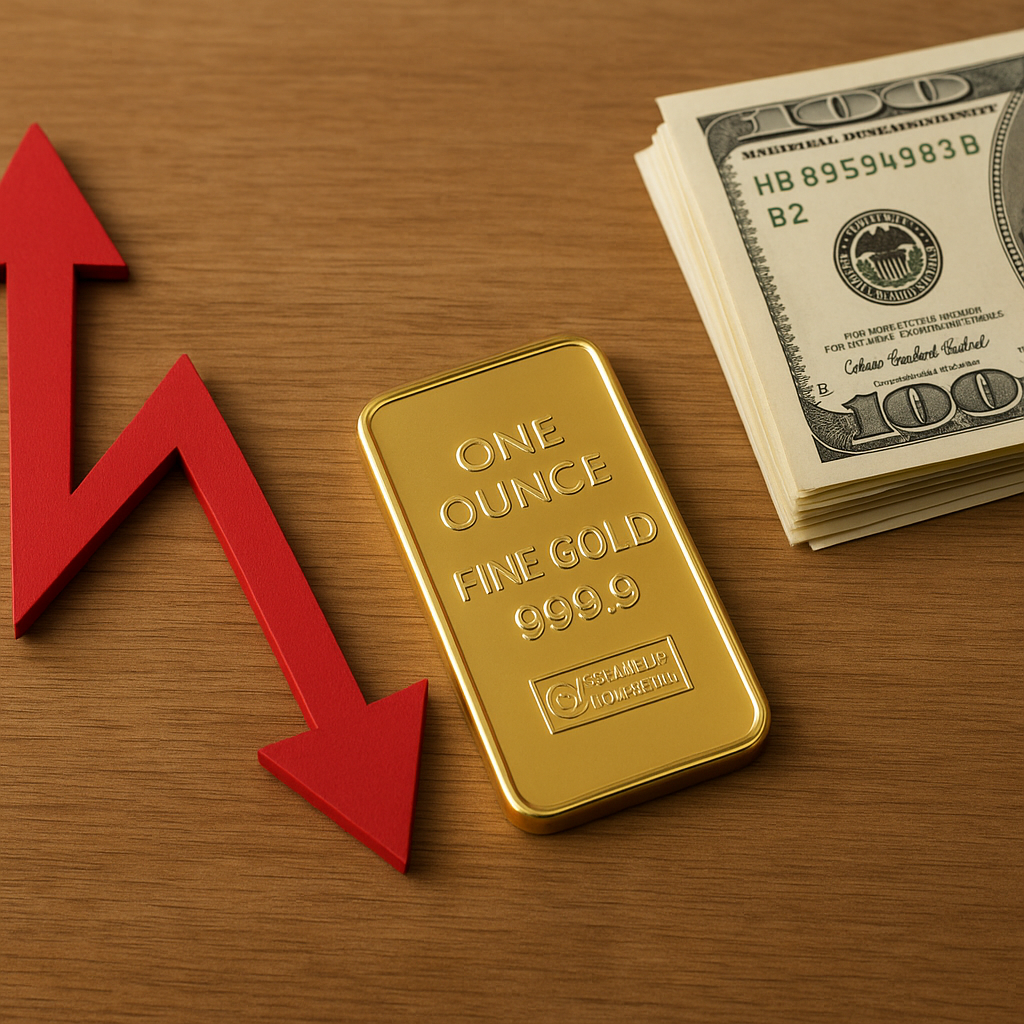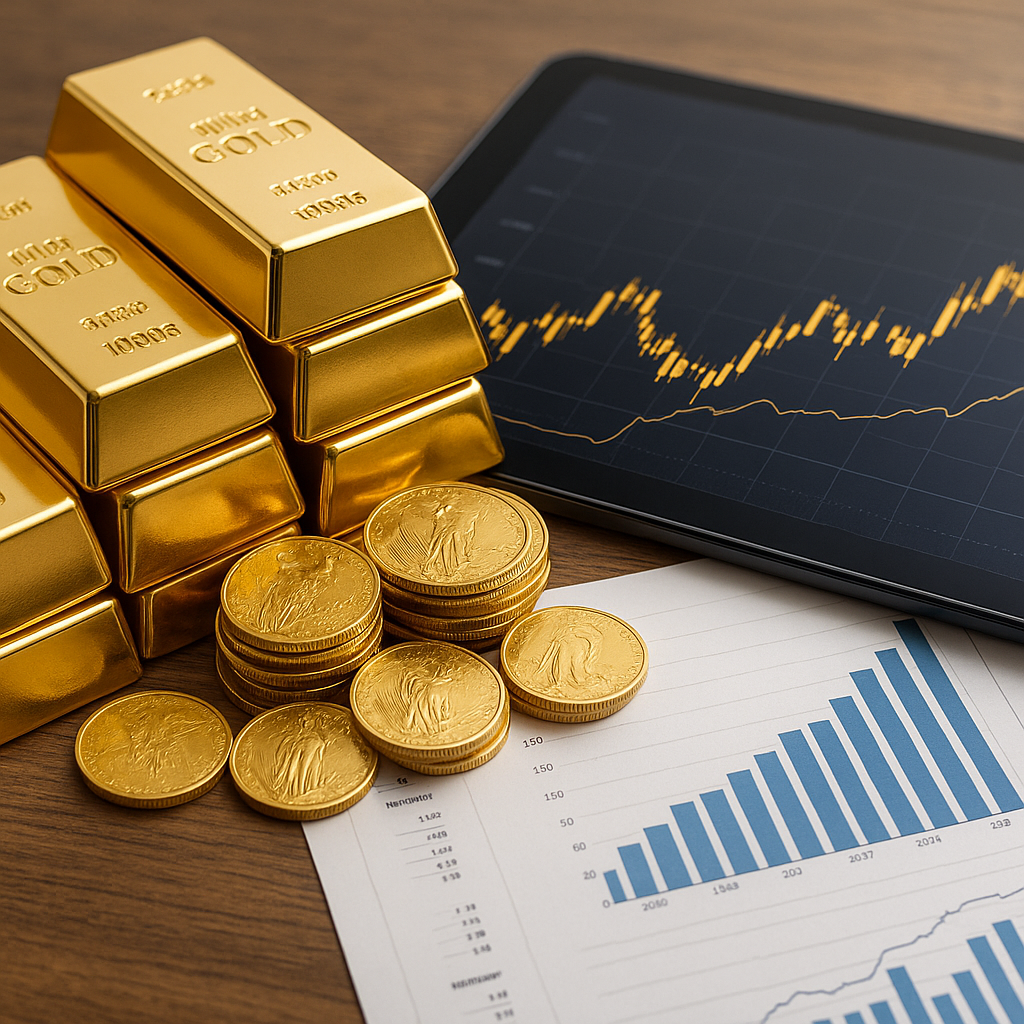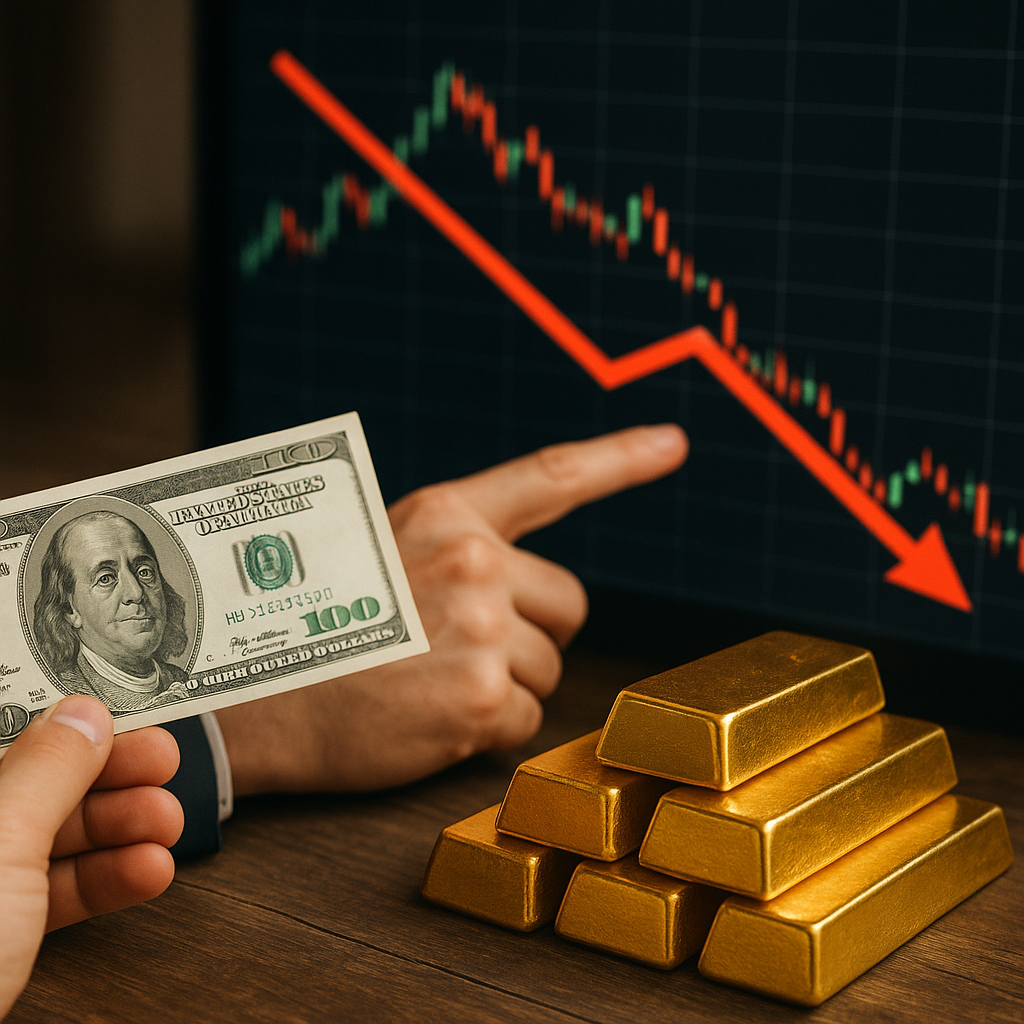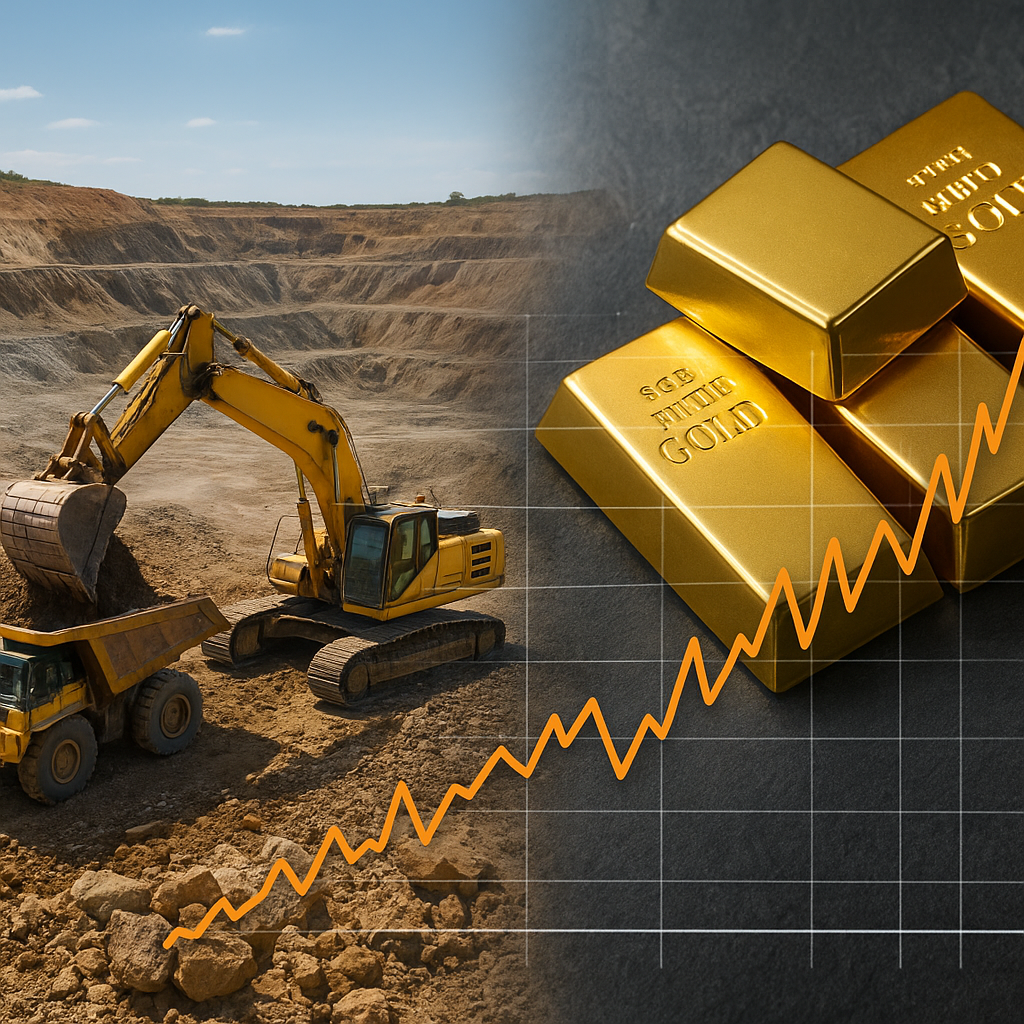Gold has been a symbol of wealth and a store of value for centuries, and its price continues to be a topic of interest for investors, economists, and governments worldwide. Understanding the dynamics of the world gold price is crucial for anyone looking to invest in this precious metal or simply stay informed about global economic trends. This article delves into the factors influencing gold prices, the role of gold in the global economy, and the future outlook for this timeless asset.
Factors Influencing World Gold Prices
The price of gold is determined by a complex interplay of various factors, each contributing to its fluctuations in the global market. One of the primary drivers of gold prices is the law of supply and demand. When demand for gold increases, prices tend to rise, and conversely, when demand decreases, prices fall. This demand can be influenced by several factors, including jewelry consumption, industrial use, and investment demand.
Another significant factor is the geopolitical climate. Gold is often seen as a safe-haven asset, meaning that during times of political or economic uncertainty, investors flock to gold as a way to preserve their wealth. Events such as wars, elections, and economic crises can lead to increased demand for gold, driving up its price.
Inflation and currency fluctuations also play a crucial role in determining gold prices. When inflation is high, the purchasing power of currency decreases, leading investors to seek refuge in gold, which historically retains its value. Similarly, when a currency weakens, gold becomes more attractive as an investment, as it is priced in U.S. dollars on the international market.
Central banks and their monetary policies can also impact gold prices. When central banks buy or sell gold, it can influence the market significantly. Additionally, interest rates set by central banks can affect gold prices; lower interest rates make gold more attractive as an investment since it does not yield interest, while higher rates can have the opposite effect.
The Role of Gold in the Global Economy
Gold plays a multifaceted role in the global economy, serving as both a commodity and a financial asset. As a commodity, gold is used in various industries, including electronics, dentistry, and aerospace, due to its unique properties such as conductivity and resistance to corrosion. This industrial demand contributes to the overall demand for gold, influencing its price.
As a financial asset, gold is held by central banks and investors as a form of currency reserve and a hedge against economic instability. Central banks around the world hold significant amounts of gold in their reserves, which helps stabilize their currencies and provides a buffer against economic shocks. For individual investors, gold is often seen as a way to diversify portfolios and protect against inflation and currency devaluation.
Gold also plays a role in international trade and finance. It is used as a benchmark for currency values and is often involved in international transactions. The gold standard, although no longer in use, historically linked the value of currencies to a specific amount of gold, providing a stable monetary system. While the gold standard has been abandoned, gold continues to influence currency values and international trade dynamics.
Future Outlook for Gold Prices
The future of gold prices is subject to much speculation and analysis. Several trends and factors could influence the trajectory of gold prices in the coming years. One such trend is the increasing demand for gold in emerging markets, particularly in countries like China and India, where gold is culturally significant and seen as a symbol of wealth and prosperity.
Technological advancements and innovations in mining and extraction processes could also impact the supply of gold, potentially affecting its price. As technology improves, it may become easier and more cost-effective to extract gold from previously inaccessible or uneconomical sources, increasing the overall supply.
Environmental and ethical considerations are becoming increasingly important in the gold industry. As consumers and investors become more conscious of the environmental impact of gold mining and the ethical implications of sourcing, there may be a shift towards more sustainable and responsible practices. This could influence the supply chain and, consequently, the price of gold.
Finally, the global economic landscape will continue to play a significant role in determining gold prices. Factors such as economic growth, inflation rates, and geopolitical tensions will all contribute to the demand for gold as a safe-haven asset. As the world navigates through economic uncertainties and potential crises, gold is likely to remain a valuable and sought-after asset.
In conclusion, the world gold price is influenced by a myriad of factors, each contributing to its dynamic nature. Understanding these factors and the role of gold in the global economy is essential for investors and policymakers alike. As we look to the future, gold will continue to be a critical component of the financial landscape, offering stability and security in an ever-changing world.












